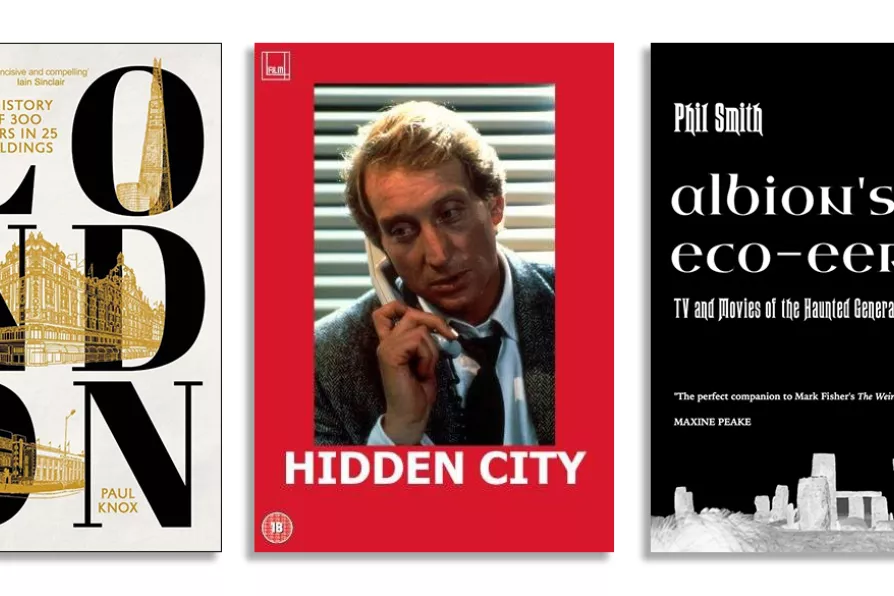PRAGYA AGARWAL recommends a collection of drawings that explore the relation of indigenous people to the land in south Asia, Africa and the Caribbean
Best of 2024: Andy Hedgecock
Two books and a film that examine cultural excavation and the impact of place on behaviour


PAUL KNOX’s London: A History of 300 Years in 25 Buildings (Yale, £25) is a salmagundi of celebration, inquest, polemic and prophecy.
Each chapter is the biography of a building in which architectural analysis triggers thoughts on fashion, morality, marketing, celebrities, ergonomics, local government and the collision of past and present. These apparently digressive ideas coalesce into a meta-narrative of the city’s evolving identities.
The oldest building considered is a neoclassical townhouse of the 1750s; the newest is Google’s state-of-the-art UK headquarters (opening in 2025).
Similar stories

ANDY HEDGECOCK admires a critique of the penetration of our lives by digital media, but is disappointed that the underlying cause is avoided

ANDREW HEDGECOCK relishes visual storytelling with no respect for genres, movements or styles

ANDY HEDGECOCK relishes two exhibitions that blur the boundaries between art and community engagement

Despite its anti-socialist bias, JOHN GREEN recommends a new survey of British architecture that seeks to educate and provoke










